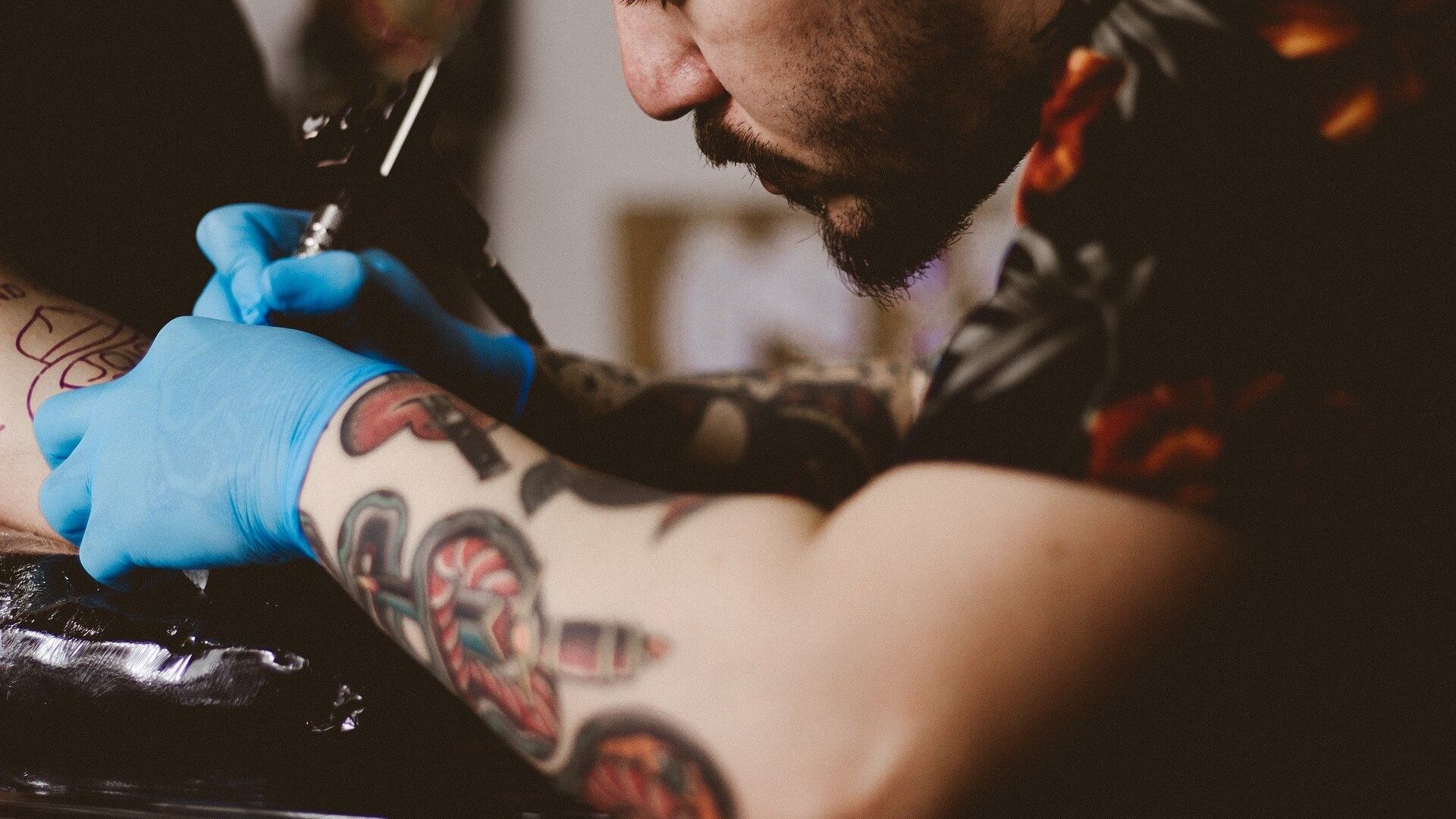‘Tramp Stamp’ Tattoos Were Used by Ancient Egyptian Women for Protection During Childbirth
22:33 GMT 11.11.2022 (Updated: 10:42 GMT 21.04.2023)

CC0 / /
Subscribe
The lower back tattoo, sometimes referred to with the misnomer of "tramp stamp," was popularized by female celebrities in the 1990s, and later saw women adorned with the body art often accused of promiscuity.
Despite the more recent stigmatism of the so-called "tramp stamp," researchers have recently determined that the the tattoo has been around for thousands of years, and at one point, served as a protection for women.
Researchers studying several ancient mummies found in tombs at the site of Egypt's Deir el-Medina since 2019 have found at least seven 3,000-year-old mummies at the excavation site sporting what appeared to be tattoos.
The first lower back tattoo discovered was on the preserved left hip of a woman who had died when she was middle-aged. Found next to her body was a bowl—a symbol of a postnatal ritual, along with depictions of Bes, an ancient Egyptian deity of music and childbirth. The partially existing tattoo, if symmetrical at the time when the woman was still alive, would have run along her lower back.
“In the human remains, we have only found evidence of tattoos on adult, Egyptian women during the New Kingdom, but some depictions show tattoos on younger women,” researcher Anne Austin, who is an assistant professor of history at the University of Missouri, told IFLScience. “So while the practice is clearly gendered, we are still trying to understand the role tattoos played in this Egyptian village.”
“As a practice for women, tattooing reveals some of the issues important to women in this village and their roles dealing with these issues,” she added. “The tattoos give us one way to see that when texts are relatively silent.”
Alongside Austin, fellow researcher Marie-Lys Arnette, who is an assistant professor of history of Egyptian art and archaeology, also found several clay figurines with markings on their lower backs and upper thighs that were buried with the women. It's believed the effigy were either representing or in connection to Bes.
What is suspected to be a second maternity tattoo was found on another female mummy located in a nearby tomb, and was only visible with the use of infrared photography. The tattoo is a zigzag pattern which may represent cooling waters to help relieve menstrual pain, as well as goats which symbolize fertility and good luck, and towards the center of the tattoo is the Eye of Horus, or a wedjat eye which represents healing and protection. Next to the goats are lotus flowers, which symbolize rebirth.
The tattoos were a developed "system" of identification of the person on whose body it shines like writings on the rock. Meaning of "Deir-el', and "Medina' are impact to study the reconstructed tattoo on the torso of the woman(not necessarily an Egyptian). pic.twitter.com/E5Nk3tdUQy
— Akhil Kumar Sahoo (@AkhilKumarSaho8) November 10, 2022
“We only have very limited evidence of tattoos across Pharaonic Egypt, so it doesn’t seem like they were common, but we are also just now starting to research tattoos,” she explained. But “the more examples of tattooing I find, the more I am struck by how biased our historical records are in telling us about daily life,” said Austin. “This village is one of the most well-documented sites in ancient Egypt, and yet the texts never mention tattooing.”
Another mummy, who was between 25 and 34 years-old when she died has at least 30 tattoos on her neck, shoulders, back and arms. On her lower back she had a tattoo of Bes wearing a crown of flowers.
Deir el-Medina, which lies on the western bank of the Nile was first excavated in 1922 by French researchers, was a village where artisans and craftsmen of Thebes lived and worked to create tombs for royalty. Amenhotep I founded the planned community because he wished to disrupt tomb robberies which had become a serious issue at that time. He gave the craftsmen instruction to create discrete burial locations for royal tombs, rather than large monuments. That area is now known as the Valley of the Kings and the Valley of the Queens.
The researchers published their findings last month in the Journal of Egyptian Archaeology.



